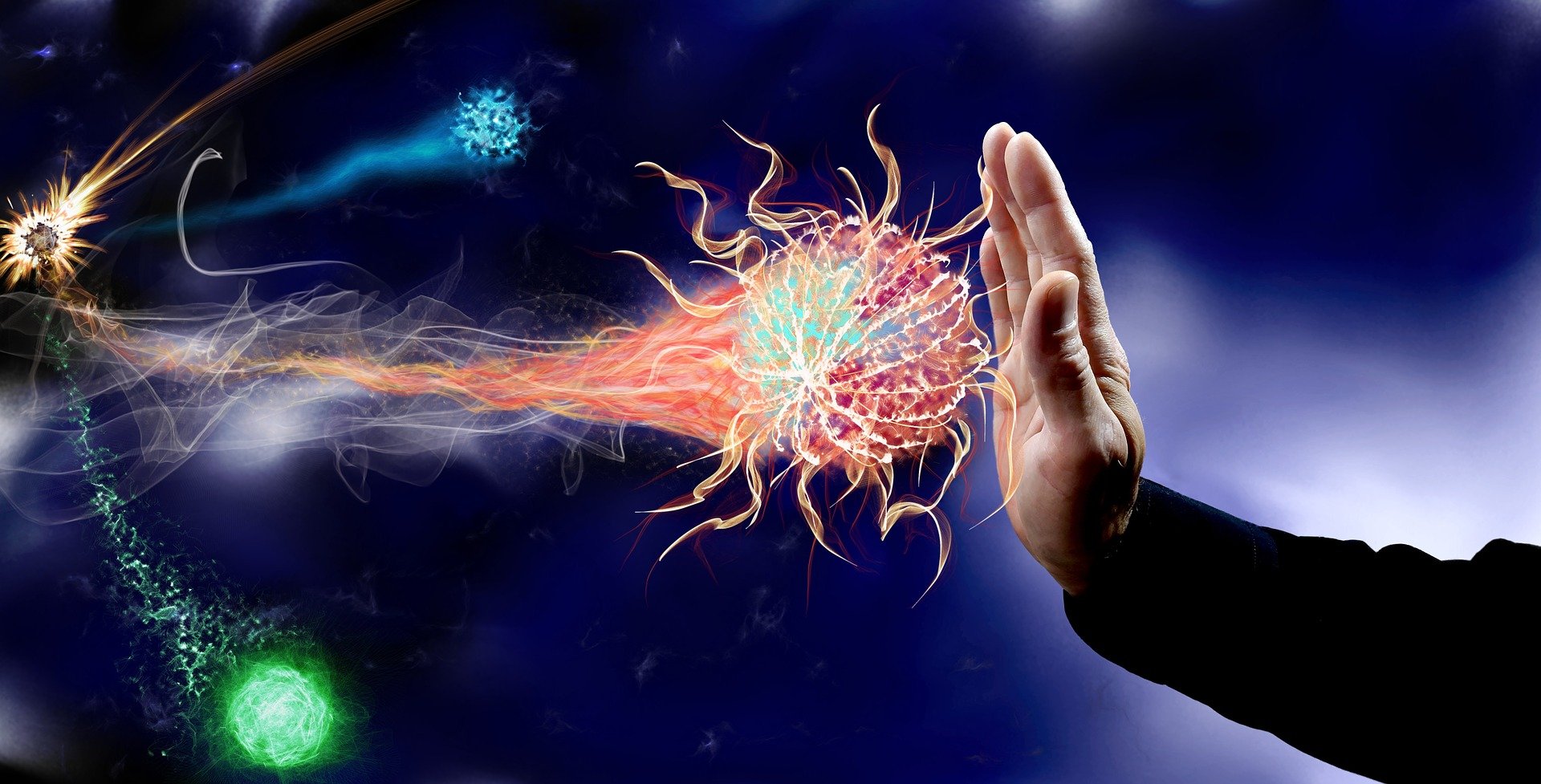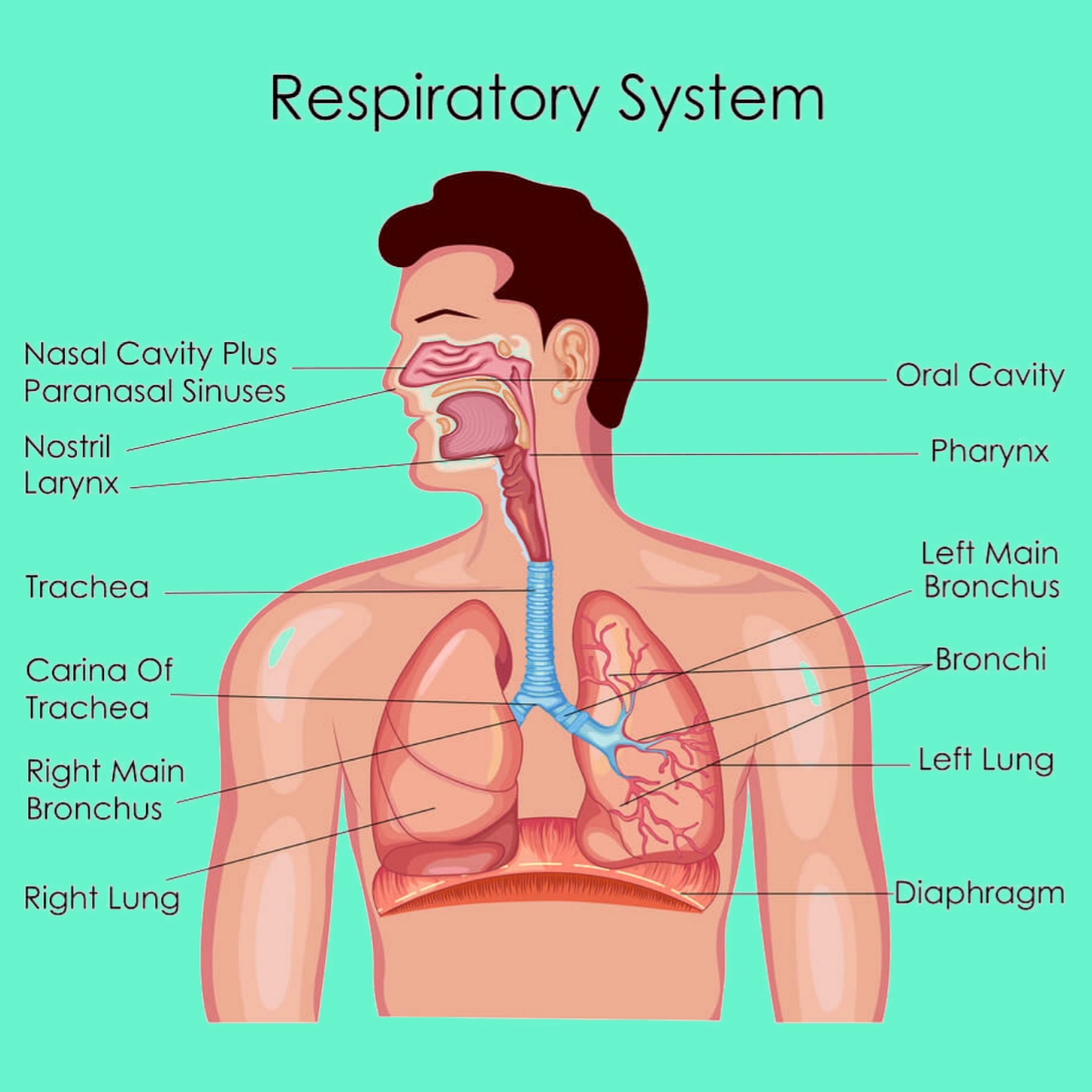Innate Immunity
Introduction Innate Immunity: The body is protected from infection by anatomic and physiologic barriers in the skin and the respiratory, intestinal, and urogenital tracts. If these barriers are breached an innate immune response is generated. In the response, phagocytic cells, antimicrobial proteins, and serum enzymes are activated by molecules common to most bacteria. The innate … Read more


